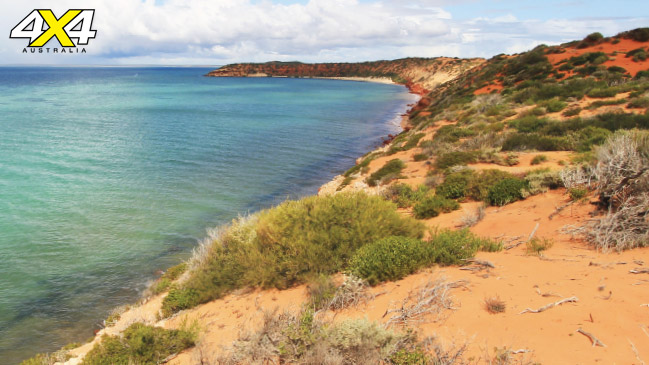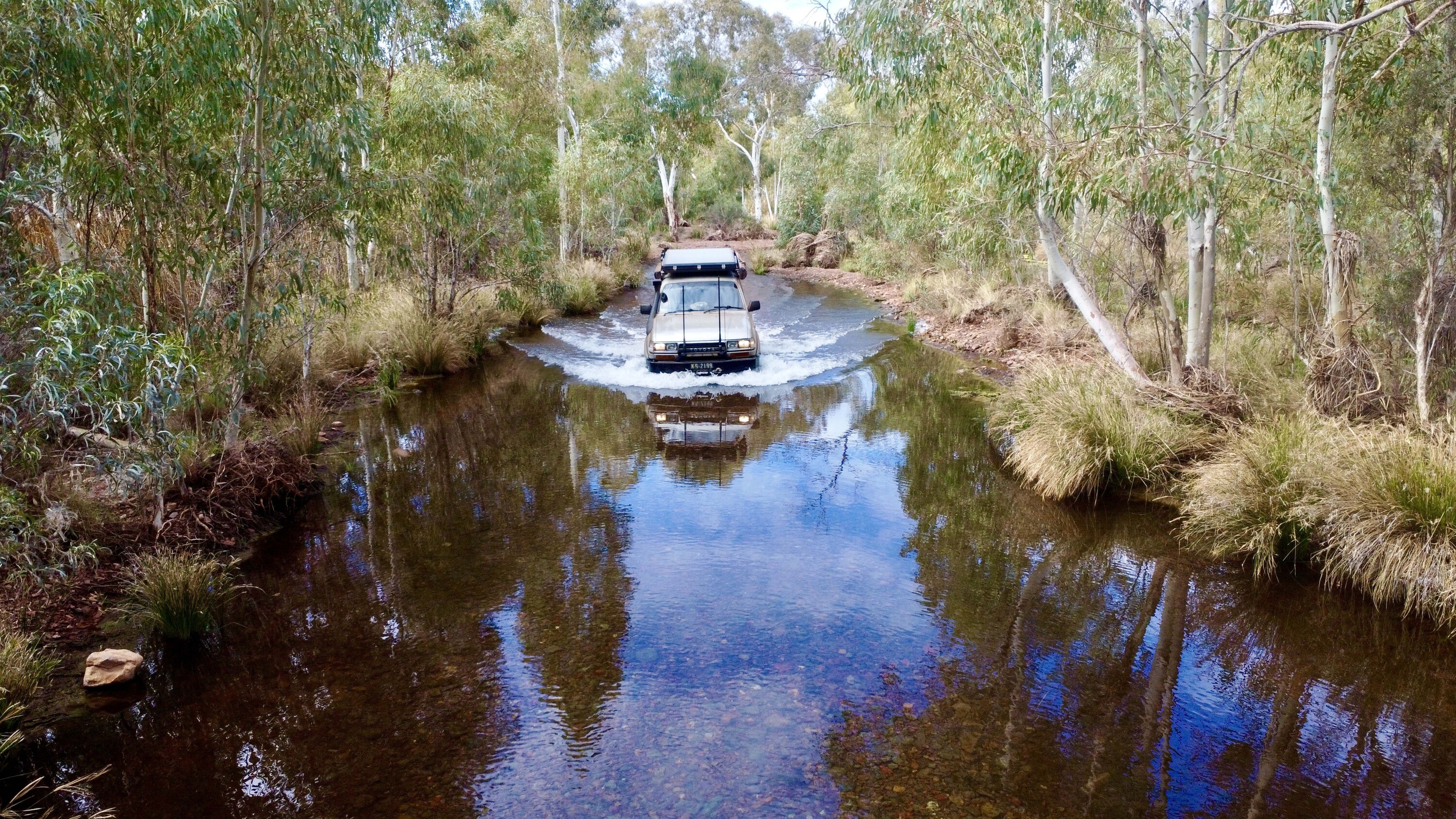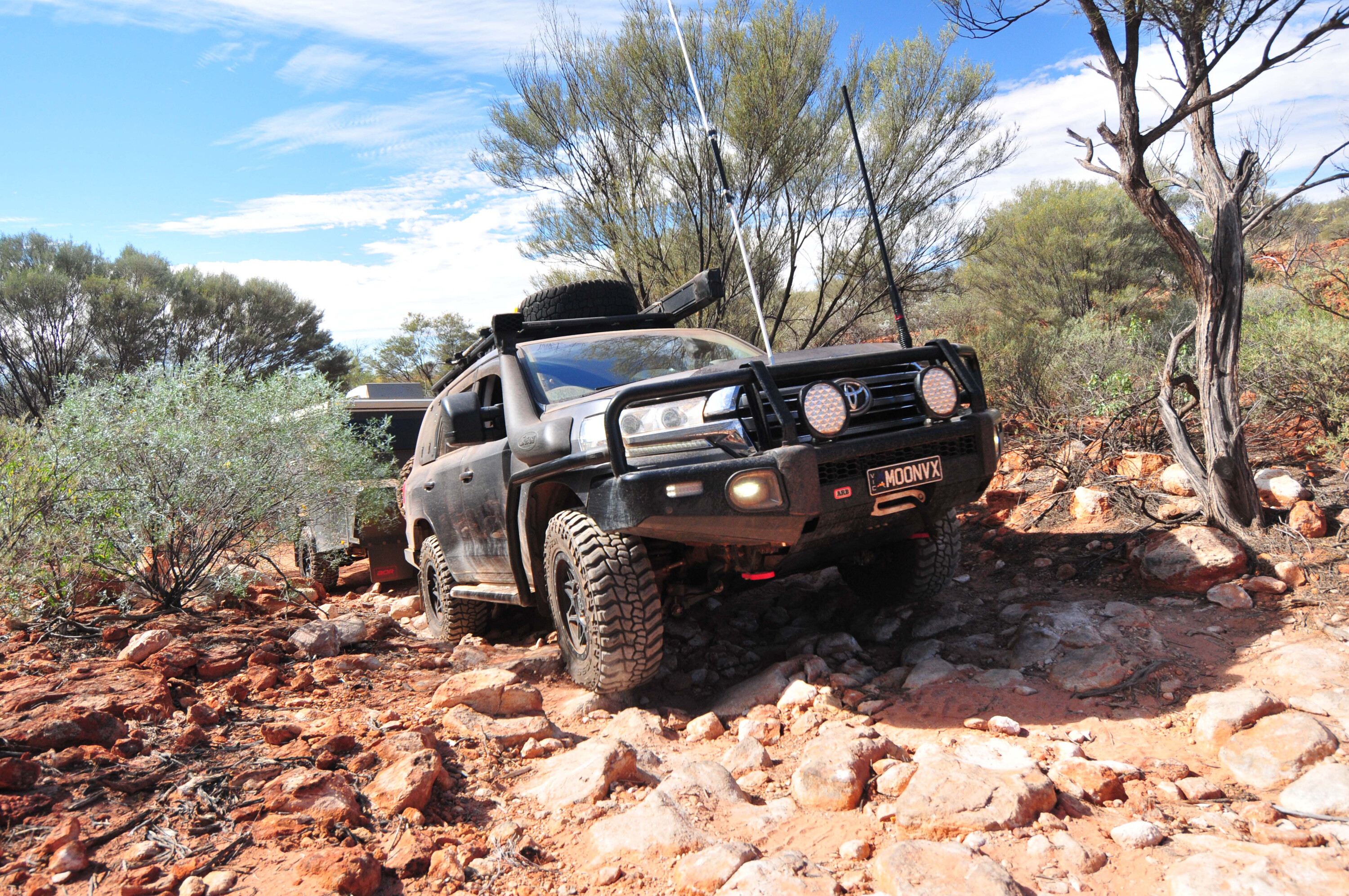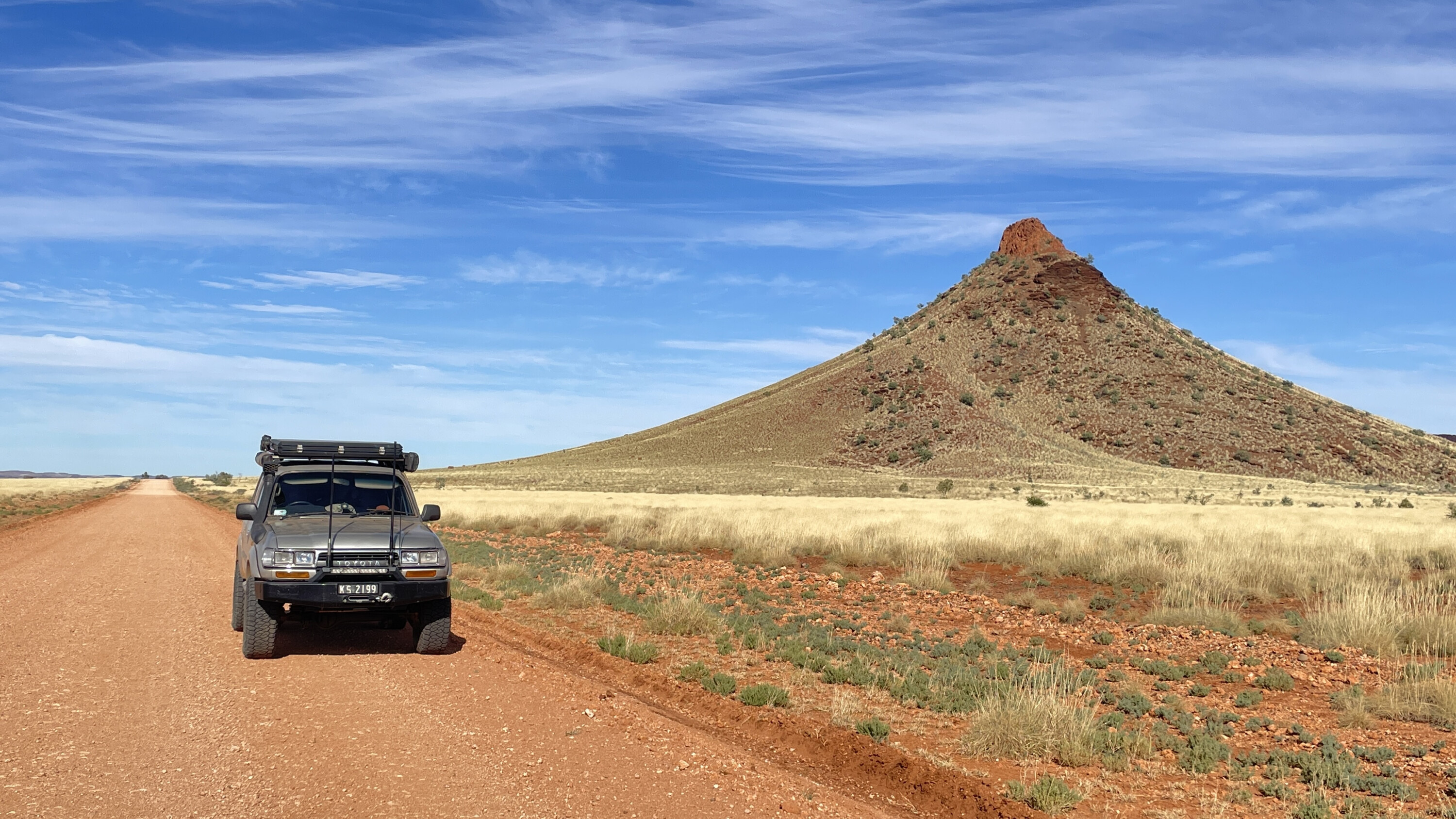Shark Bay is rightly acclaimed for its natural phenomena, but it’s the Western extremities that have the 4X4 community talking.
Going on name alone, Shark Bay, on Western Australia’s mid-west coast isn’t the first place you’d think of heading to for a family holiday. Yet despite the name, the area has become one of the region’s most popular destinations with fishing, swimming, snorkelling, diving and boating high on the agenda for most holiday-makers. British explorer William Dampier noted in his journal in 1688 of the abundance of sharks, naming the region Sharks Bay. But in reality, the area is renowned for a much broader range of aquatic life including dugongs, turtles, dolphins, whales, rays and tropical and temperate fish species.
The wider area of Shark Bay encompasses an area of about 13,000 square kilometres, broken into a series of gulfs, inlets and basins by dune ridges and seagrass banks. The unspoilt natural wilderness environment gained international acclaim in 1991 receiving World Heritage status. Containing the world’s largest seagrass beds, the interactive dolphins from Monkey Mia and the high-saltwater-tolerant species of cockle shells and stromatolites, it met all four natural criteria required at the time for this status. It’s one of only 16 sites in the world to do so.





